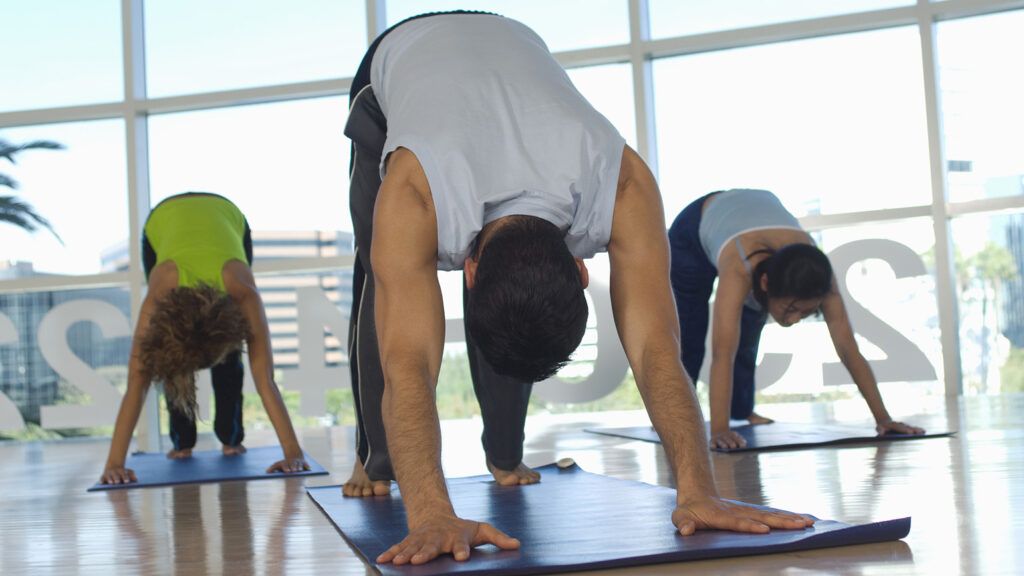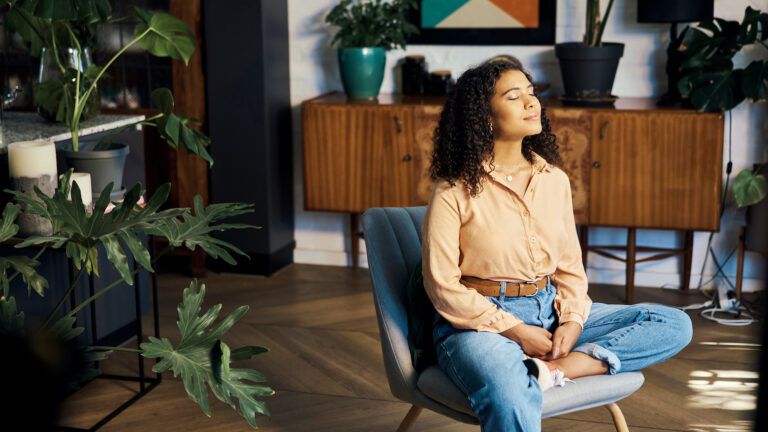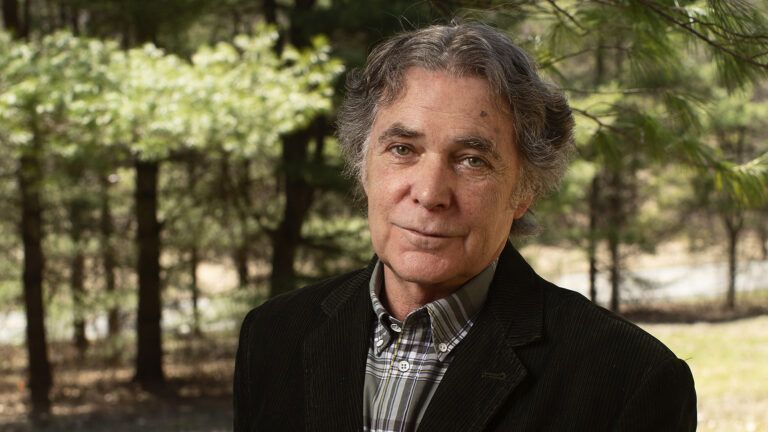Some people are born with a smile on their face, and I am one of them. By that I mean that my mouth does not possess the ability to form a frown, like a tongue that cannot curl. Instead, the outer corners of my mouth turn slightly upward, making my default expression a smile.
For most of my childhood that smile reflected how I felt. My nickname was Jolly because my expression and pudgy cheeks hinted a giggle was just around the corner. And why not? Life was full of fun—running around with my older brother and sister, playing hockey, basketball and baseball, canoeing Minnesota’s many lakes.
Then, in 1978, when I was 13, my life and my family were shattered by a terrible car accident. I had no memory of it. After three and a half days in the hospital, I opened my eyes. Relief lit my brother’s face. He slipped out of the room and returned with our mother.
I heard noises: a heart monitor, a respirator, various beeps. My 13-year-old reaction was, Wow, a realistic dream, cool. My endurance spent, I drifted off again.
“Matt, you gotta pull through…I don’t know if I can go on without you.” My brother’s imploring tone told me something was very wrong.
I motioned for a pen and paper. Dad and Laura? My mother closed her eyes. My brother couldn’t look at me either. “They didn’t make it,” he said.
My next scrawl: What happened?
My brother’s voice cracked. “We were in a car accident…skidded off a bridge.”
You two?
“I jammed my shoulder and Mom hit her head pretty hard, but we’re fine.”
Where are we?
“Mercy Hospital in Des Moines, Iowa.”
Me? There was a long pause. Finally my mom said, “Matt, you’ve been in a coma. It’s serious.”
I can’t feel my legs.
“You’ve broken your back. They think you’re paralyzed from the chest down. They say you’ll never walk again.”
The death of my father and sister hardly registered. What I locked into was that I needed a way to keep focused and going forward. I couldn’t dwell on my physical damage: the crushed vertebrae, broken wrists, fluid-filled lung and injured pancreas. So I told myself: My mother and brother desperately need me to live.
And I did. But to survive excruciating procedures, I learned how to dislocate my mind from my body. My mind found a silent place into which I could retreat.
One day in the hospital, I felt tingles, surges, mild burning. Neurologists poked and prodded my lower half. “Whatever you are feeling is not connected to anything. The sensations exist only in your head,” they told me.
That convinced me. I stopped listening to what was left of the relationship between my mind and my body.
We eventually returned to Duluth and worked to construct a life. For me that meant rehabilitation. I learned to use the bathroom again, to get around, to drive, to live with a wheelchair.
I finished high school and went to the University of Minnesota. Something didn’t feel right, though. I had this nagging sense that I was not to simply live a normal life. There had to be a purpose to what I had experienced. Yet I couldn’t figure out what it was.
I grew more disillusioned. I wore gray clothes; I bought a gray car with a gray interior. I lived in a gray apartment. Unconsciously I created a world that mirrored how I felt. My smile deadened.
I started graduate school in California but had to take a leave of absence. I told my graduate advisor why: “I’m coming apart.”
That’s when I met yoga teacher Jo Zukovich. It was April 1991. A woman I knew set up a meeting with Jo, who taught in San Diego but came to Santa Barbara once every six weeks to teach a workshop.
I had no idea what to expect, no idea if yoga was even possible for a paralyzed person. But when Jo and I met each other’s gaze, a relief, a feeling that everything was going to be fine, moved through me. I was already her student.
“Can you get down on the mat?” Jo asked. I didn’t expect to be separated from my wheelchair so quickly. “I can get down, but who knows about up.”
Jo sat on the floor with me. She had never worked with someone with a spinal cord injury. Yet intuitively, she knew to move slowly, gently, to not make me confront my lost body too quickly.
“Can you take your legs wide, like a big V?” she asked. I pushed them apart with my hands. The spasticity in my legs resisted, but eventually they spread and stayed put. There was a rush of something, something strange….
“Matt, can you put your hands on your thighs, lift your chest, and breathe?”
The rush intensified. I felt like I was floating—no, flying. Suddenly, it hit me. It was the first time in over 12 years that my legs had been wide. The strange feeling was the rush of lost time. “My legs haven’t been this wide since…”
Jo bowed her head and whispered, “I know.”
In our subsequent sessions, Jo listened to my stories, my grief, saying little. She understood that I had much to let go of. There was no model for us to follow. Jo relied only on her own creativity and openness to guide our work together, making me a partner in a great experiment. She had the patience and foresight not to force the yoga system she practices, Iyengar, onto my body, but use its principles instead.
One Friday, going through a new pose, I experienced a new ding.
“Jo, I can feel where the pose goes, the unity between the actions. The abdomen hits back and up, and the straight-leg thigh pushes into the floor….”
“Yes,” she said, breaking into a smile.
I went on. “Then the energy moves out through the heel.”
“Actually, the physical action is to hit down with the thigh and stretch out through the heel,” she said.
“…as the spine and chest lift in opposition,” I chimed in. My mind raced. How am I feeling this? How is this possible? For the first time since the accident, I had a tangible sense of my whole body—inside and out.
Jo and I had just discovered that alignment and precision increase mind-body integration, regardless of paralysis. The doctors and rehab therapists had taught me to ignore my legs because they weren’t helping me walk. With Jo helping me embrace the silence of my lower body, I was able to reclaim myself as whole again. Before long I was trying new poses in new ways, and with a sense of my entire body I’d never dreamed possible.
I started teaching yoga, and in 2001 founded Mind Body Solutions, a nonprofit dedicated to showing that minds and bodies work better together. Even though I’m in Minneapolis now and Jo still lives in San Diego, she teaches at my studio and I go to hers. We call each other regularly. We give workshops on adapting yoga for people with disabilities. I love to see people smiling when they discover the connection between their minds and their bodies. Thanks to Jo, I know how they feel. And I’m smiling, inside and out.





